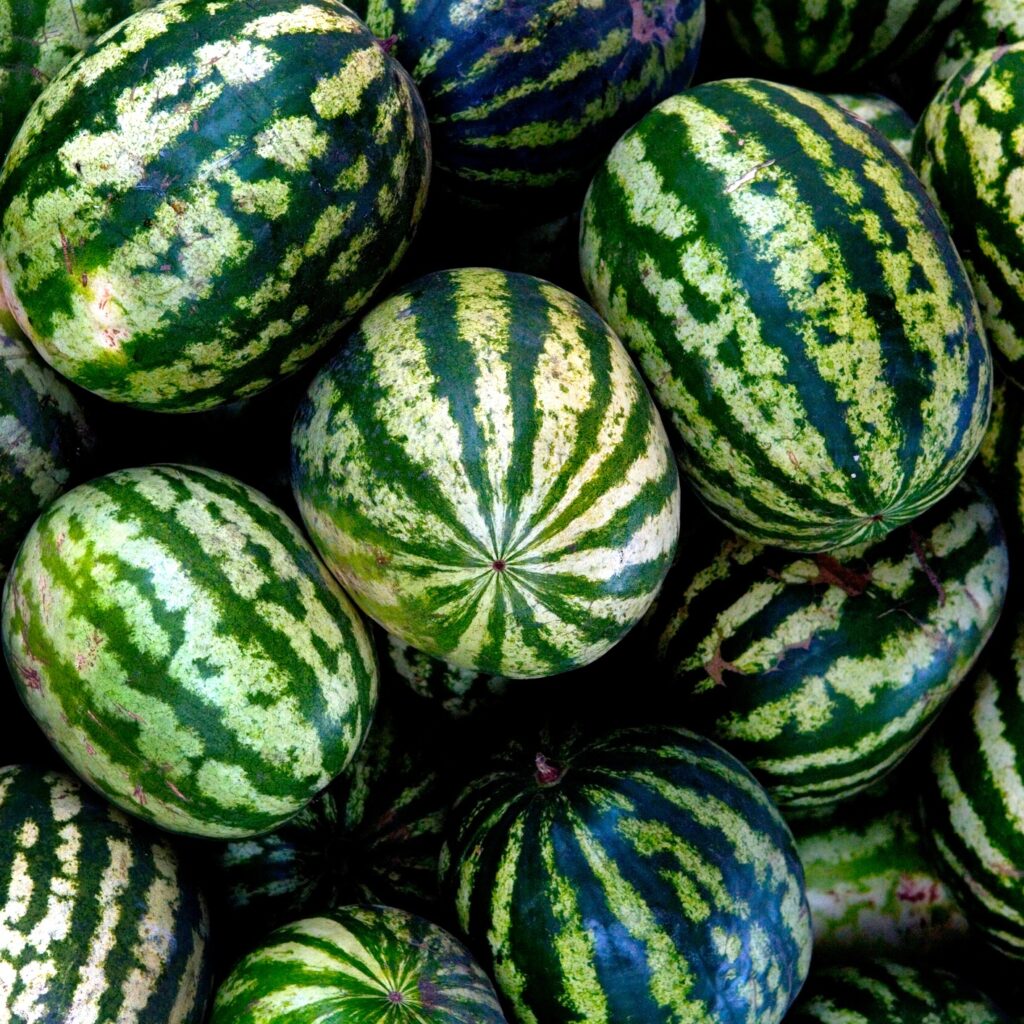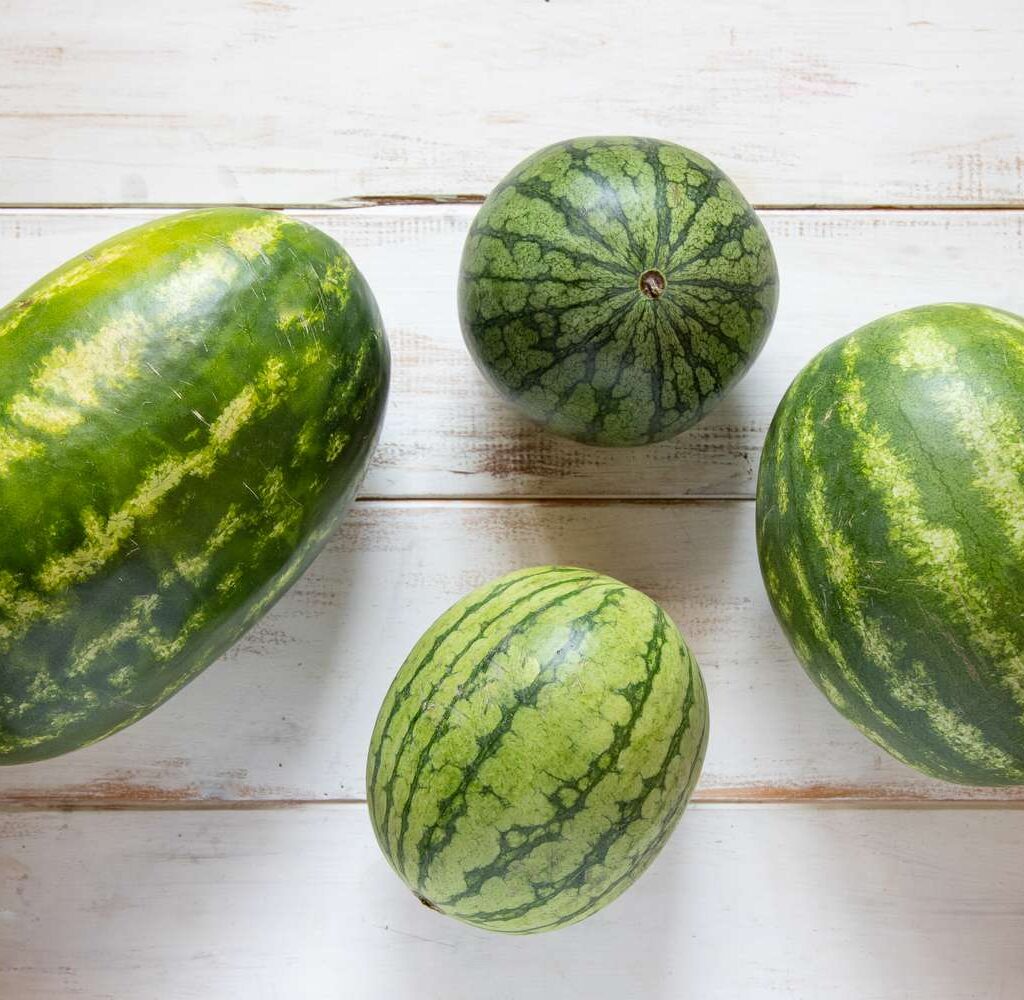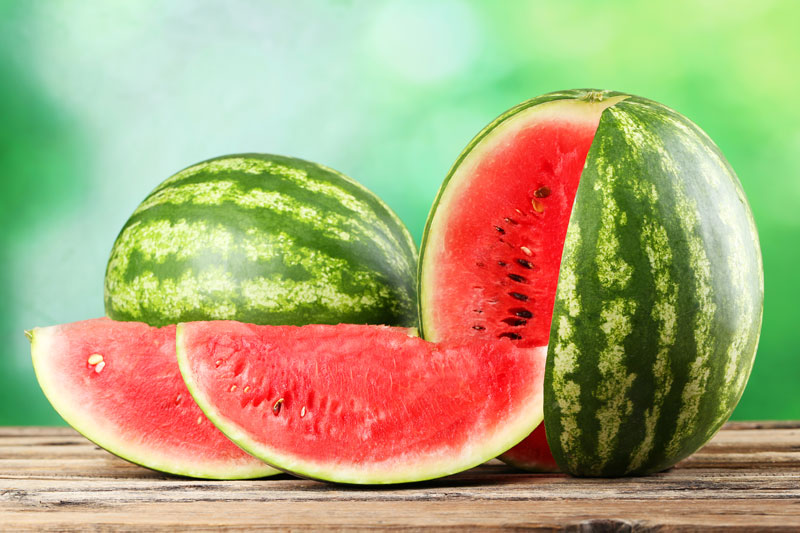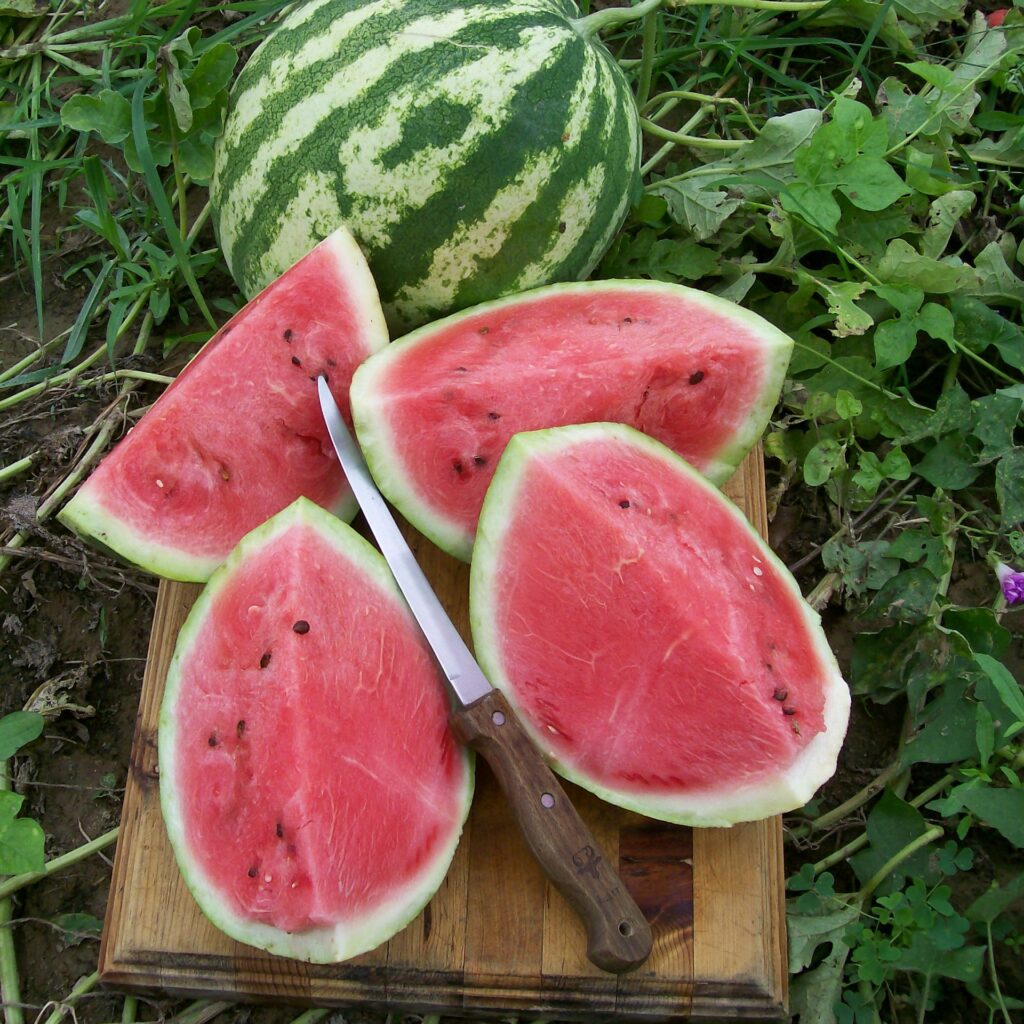Watermelons are the quintessential summer fruit — juicy, sweet, and refreshing. Growing them at home is not only rewarding but also surprisingly simple when you understand their basic needs. Whether you have a spacious backyard or a sunny patio with large containers, you can successfully plant and harvest your own homegrown watermelons.
In this comprehensive guide, you’ll learn how to plant watermelon seeds at home, from choosing the right varieties to seed starting, planting, and caring for your plants for a delicious summer harvest.
Why Grow Watermelons at Home?

Growing watermelons at home lets you:
- Enjoy fresher, sweeter fruits with no chemicals
- Choose from a variety of unique heirloom or seedless types
- Experience the joy of growing a giant, rewarding crop
- Control the growing conditions for healthier, organic produce
Plus, it’s a great project for families and beginner gardeners.
Best Watermelon Varieties for Home Gardens
There are several types of watermelons you can grow at home, depending on your space, climate, and taste preference:
Sugar Baby
- Small, round fruits (6-10 pounds)
- Sweet and deep red flesh
- Ideal for small spaces and container gardens
Crimson Sweet
- Classic striped variety
- Large, oval melons (20-25 pounds)
- Excellent disease resistance
Charleston Gray
- Oblong, pale green rind
- Juicy, sweet red flesh
- Thrives in warm, sunny climates
Yellow Doll
- Small, yellow-fleshed melon
- Crisp and sweet flavor
- Early maturing
Choose a variety based on your available space, climate, and harvest time preferences.
When to Plant Watermelon Seeds

Watermelons are warm-weather crops that thrive in hot conditions. The ideal time to plant is:
- After the last frost date in your region
- When soil temperatures consistently reach 70°F (21°C) or higher
In most areas, this falls between late spring and early summer.
If you live in a cooler climate, start seeds indoors 3–4 weeks before transplanting them outdoors.
Tools and Materials You’ll Need
- Quality watermelon seeds
- Compost-rich soil or potting mix
- Organic fertilizer (high in phosphorus and potassium)
- Trowel or small shovel
- Large containers (if growing in pots)
- Mulch (straw, grass clippings, or plastic mulch)
- Garden hose or watering can
Step-by-Step Guide to Planting Watermelon Seeds at Home

Step 1: Choose a Sunny Spot
Watermelons require full sun exposure for at least 8 hours a day.
Pick a location with:
- Well-draining soil
- Plenty of space for vines to sprawl (6–10 feet or more per plant)
- Shelter from strong winds
Tip: Use raised beds or large containers (at least 5 gallons) if space is limited.
Step 2: Prepare the Soil
Watermelons thrive in light, sandy, nutrient-rich soil with a pH of 6.0–6.8.
Improve soil by:
- Adding compost or well-rotted manure for organic matter
- Mixing in a balanced organic fertilizer before planting
- Removing weeds, rocks, and debris
If planting in containers, use a quality potting mix with added compost and slow-release fertilizer.
Step 3: Sow the Seeds
Watermelon seeds can be sown directly in the ground or indoors for an early start.
Direct Sowing
- Create small hills or mounds, 3–5 feet apart
- Sow 3–4 seeds per hill, about 1 inch deep
- Lightly cover with soil and gently water
When seedlings reach 2–3 inches tall, thin them by removing weaker ones, leaving the strongest 1–2 plants per hill.
Indoor Sowing
- Use peat pots or seedling trays
- Plant 1 seed per pot, 1 inch deep
- Place in a warm, sunny location or under grow lights
- Transplant outdoors after 3–4 weeks when seedlings have 2–3 leaves and outdoor temperatures are suitable
Step 4: Water Consistently
Watermelons need regular, deep watering, especially during germination and early growth:
- Keep the soil evenly moist but not waterlogged
- Water early in the day to avoid fungal issues
- Reduce watering as fruits begin to mature to concentrate sugars and improve flavor
Tip: Use a soaker hose or drip irrigation to water directly at the base of the plants.
Step 5: Mulch and Support Growth
Applying mulch helps:
- Retain soil moisture
- Suppress weeds
- Keep fruits clean and disease-free
Use straw, grass clippings, or plastic mulch around the plants.
For container-grown or small-space gardens, train vines vertically using trellises, cages, or fences, and support growing fruits in slings made from fabric or netting.
Step 6: Fertilize for Healthy Growth
Watermelons are heavy feeders. Apply fertilizer:
- When vines start growing rapidly
- Again at flowering stage
Use a fertilizer rich in phosphorus and potassium for flowering and fruiting.
Avoid high-nitrogen fertilizers after flowering, as they encourage leaf growth over fruit production.
Common Pests and Diseases

Be mindful of these common watermelon issues:
- Aphids: Small insects that suck sap from leaves
- Cucumber beetles: Chew leaves and spread disease
- Powdery mildew: White, powdery fungal growth on leaves
Combat pests with neem oil, insecticidal soap, or hand-picking. Improve air circulation and avoid overhead watering to prevent mildew.
When and How to Harvest Watermelons
Most watermelons are ready for harvest 70–100 days after planting, depending on the variety.
Signs your watermelon is ripe:
- Tendril nearest the fruit turns brown and dries up
- The spot where the fruit touches the ground turns yellow or creamy
- The skin color becomes dull, and the surface resists scratching
- A dull, hollow sound when tapped
Use garden shears to cut the melon from the vine, leaving a few inches of stem attached.
Storing and Enjoying Homegrown Watermelons

Store harvested watermelons:
- At room temperature for up to a week
- In the refrigerator for 2–3 weeks
Once cut, wrap the flesh tightly and refrigerate.
Enjoy them:
- Fresh in slices
- In fruit salads
- Blended into smoothies
- As frozen watermelon pops
Final Thoughts
Growing watermelons at home is easier than it seems — all you need is a sunny spot, the right seeds, and a little patience. With these beginner-friendly tips, you can enjoy the satisfaction of harvesting your own juicy, sweet melons by mid to late summer.
Whether you grow compact varieties in containers or sprawling vines in your backyard, watermelon-growing adds a fun and fruitful touch to your garden space.






Leave A Comment